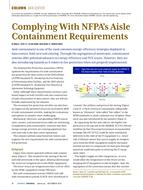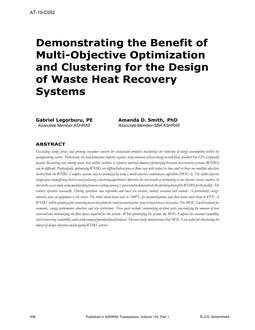The heat-transfer coefficient and pressure drop were measured for flow vaporization of CO2 in an extruded microchannel tube with 25 channels that were 0.81 mm in diameter and 0.5 m in length. The test section was heated by a water jacket, and a regression method was used to derive the internal heat-transfer coefficient based on the measured overall heat-transfer coefficient. Two-phase flow patterns were visualized in a separate test rig, using a 0.98 mm heated glass tube and a high-speed digital camera. Wavy annular flow with entrainment dominated at high mass flux. Flow pattern observations did not fit generalized maps. Heat-transfer measurements were conducted at varying mean vapor fractions at temperatures of 0°C to 25°C, mass flux of 190 to 570 kgm-2s-1, and heat flux of 10 and 20 kWm-2. Heat-transfer results show significant influence of dryout, particularly at high mass flux and high temperature. Nucleate boiling dominates prior to dryout. Frictional pressure drop data were correlated with a mean deviation of 16% using an existing model developed for vertical flow. Heat transfer data were correlated with a combination of models for nucleate boiling, convective evaporation, dryout incipience, and post-dryout heat transfer.
Units: SI
Citation: Symposium, ASHRAE Transactions, vol. 109, pt. 1
Product Details
- Published:
- 2003
- Number of Pages:
- 10
- File Size:
- 1 file , 1.1 MB
- Product Code(s):
- D-16824


